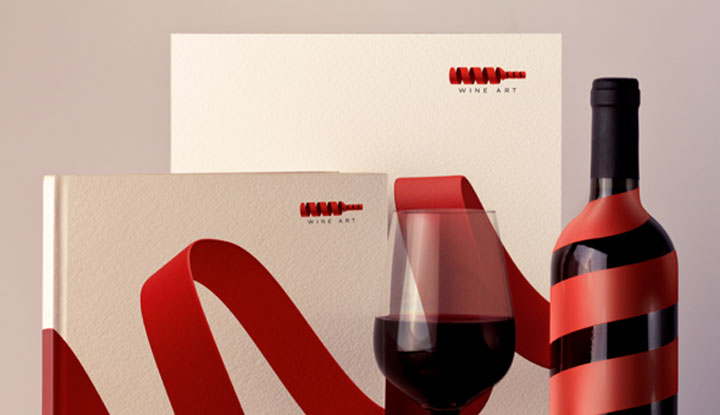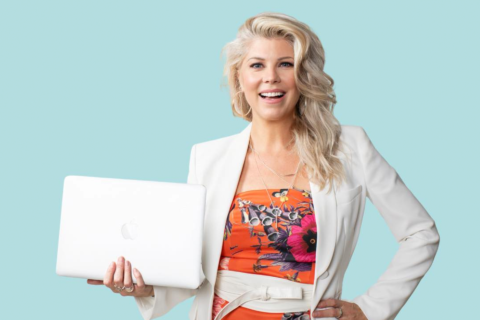It’s an exciting moment. You have finalized concepts for your new product and worked hard on the brand and design strategy. Now you are ready to review the first round of design concepts.
Branding and design go hand-in-hand. As Fast Company writer Mark McNeilly explains, “great design has a critical role to play in building a great brand.” Yet it isn’t always clear how the link between design and branding is important.
McNeilly suggests that branding and design are, to a large extent, inseparable. “A brand is not your logo or ID system,” says [Robert] Brunner, [founder of design shop Ammunition].
[hr]
“It’s a gut feeling people have about you. When two or more people have the same feeling, you have a brand. You get that feeling via smart design, which creates the experiences people have with the brand. Everything you do creates the brand experience, ergo design IS your brand.” – Robert Brunner, founder of design shop Ammunition.
[hr]
When working with a brand designer the question that always arises from clients is this: “How do I know if the brand concept I choose is the right one?” This happens for first-timers and those who have been in business for years.
What to Expect from a Brand Design Partner
Keep in mind, first round presentations tend to go well. You will see the range of work, select a preferred brand design, and leave the meeting thinking you made the right choice. However, it’s at this point you’ll likely second-guess your decision, and that’s when I’ll receive the panic call, the next day.
This is a common scenario and concern that all entrepreneurs grapple with at the beginning stages of a branding and design project. But not to worry, here are a few tips to leverage when assessing brand design concepts and they should ultimately help you with the decision making process.
-
Align on a success criteria.
Success criteria is a list of things that define your branding goals. Do not make the list too long as your packaging can only communicate a few things really well. That’s why you have your other communication touchpoints, such as PR, digital, and advertising, do the heavy lifting for you. Reviewing creative while referencing a succinct list of your success criteria ensures you will select a more successful design concept and one that is ‘on strategy’.
-
Review designs in a shelf-set.
Make sure your design partners take each design concept and show how it holds up against your competitors, in what’s called a ‘shelf-set’. Essentially showing the line-up of your new concept against your competitive set. This can be done on boards or shown in 3-D, as comps. You will be surprised how quickly you can see weaknesses or strengths in the design concepts presented to you.
-
Reference inspiration boards.
Have your design team create mood boards (i.e., inspiration boards). These boards are presented alongside your strategy, in the early stages, acting as a bridge between strategy and design. The boards start to bring to life your strategy, visually, through color, typography, photography, illustration style, iconography, and other key design elements. Keeping this by your side to reference during every review helps to ensure the work stays on track, and meets your expectations and needs.
-
Know thy target.
Ideally, you should provide as much information about your target audience as you can to your branding and design partners. After they digest it, ask them to include in their strategy an understanding of what brands your target interacts with on a daily basis. It can be as simple as showing a page with brands’ logos and image of actual packaging, reflecting ‘a day in the life of’, to something more elaborate with a video, graphics and other multimedia. Either way, as long as it gives you a snapshot of how your customers interact with other brands, it will help you assess if your company’s new look and feel fits into their world.
-
Decide if you want to test it.
Qualitative testing, or focus groups, are usually done at the beginning stages of brand design. Everyone has a different philosophy on whether testing is the right way to go or not.
Personally, I am not a huge proponent of testing. But I have guided clients to proceed with one round, as it is sometimes useful to inform and guide what resonates with your target, such as: colors, logo, messaging, and equities, to name a few. The flip side is it could hinder the process, especially if your design is revolutionary, which will challenge category norms.
Consumers don’t like change and will most likely negate a design that doesn’t fit in with what’s currently happening in that category. If you do test, it is important to find the right research vendor, including a great moderator, and to interpret the findings the right way. Do not take feedback literally; rather use it as a guide.
-
Trust your brand design partner.
While you created the business idea and product (or service), you also need to remember that you hired a brand designer for a reason. Now, there may be a time when you review the range of design work and you do not like any of the design concepts presented. But, when you trust your partner, you then have to take a step back, close your eyes, and listen to the way they explain and describe the concept. You have to remember, it’s the ‘idea’ that you are holding on to. The execution can evolve easily, and be refined. If the concept rings true and stands out, then give it a second chance.
-
Go with your gut.
Lastly, and most obvious, listen to your gut. There is such a thing as love at first sight when it comes to brand design, packaging, etc. If along with the other above-mentioned points, your gut is telling you to move forward with a specific branding concept, then do it.
This list is fairly comprehensive, approaching the design process from different angles. Whether you use all seven tips, or select a few, it will give you the confidence you need to avoid second guessing yourself mid-way through your branding journey. While it may not be a science, it can least give you parameters from which to reign in branding decisions, and know that you are on the right path to creating a design that is right for your brand.
This article has been edited and condensed.
Francesca Vitali is an expert in brand building, with extensive experience working across all categories; from food, wine, & spirits, to fashion, beauty, and health & wellness. She has worked with global, iconic brands for companies such as Pepsi, Mondelez, Starbucks, and Unilever. Vitali now consults entrepreneurs to help them with branding and design. She also runs Connect; a monthly meet-up group uniting women entrepreneurs through discussions that inspire, mentor and help each other get to the next stage in their journey. Connect with @vitaligemella on Twitter.
© YFS Magazine. All Rights Reserved. Copying prohibited. All material is protected by U.S. and international copyright laws. Unauthorized reproduction or distribution of this material is prohibited. Sharing of this material under Attribution-NonCommercial-NoDerivatives 4.0 International terms, listed here, is permitted.













